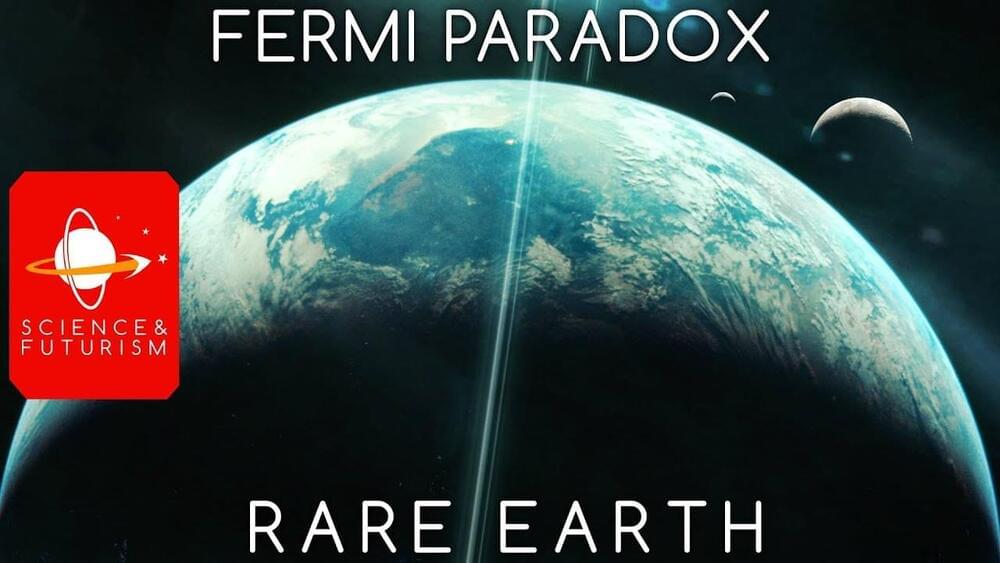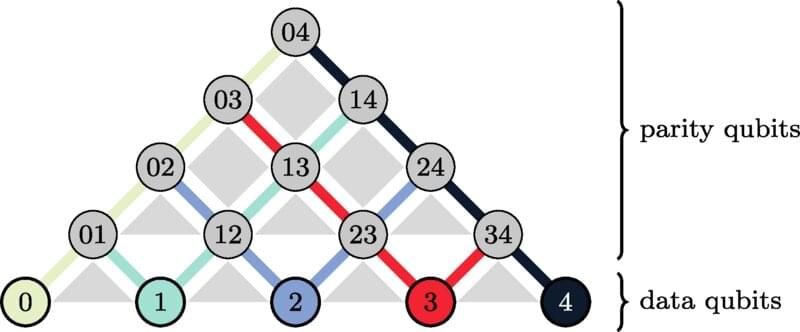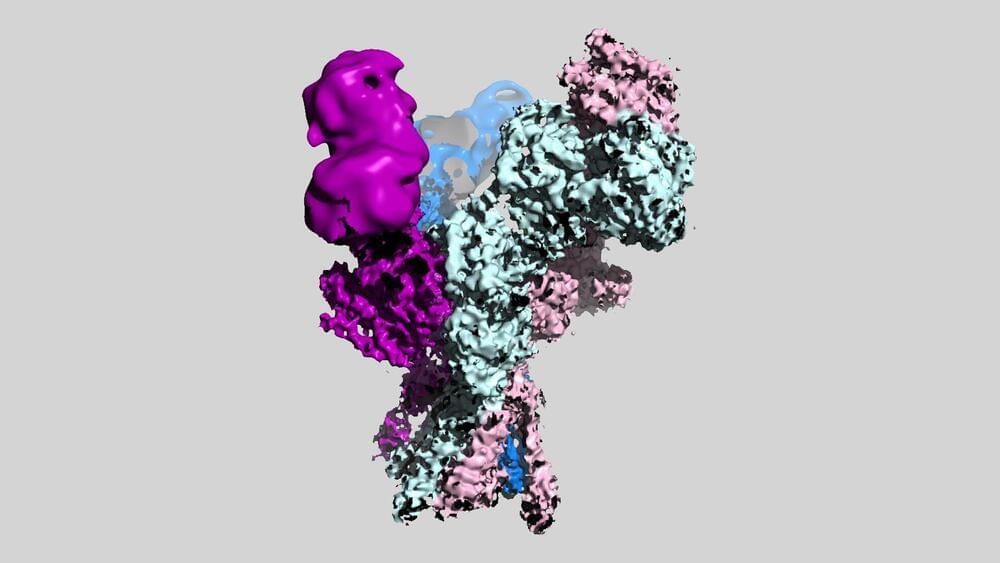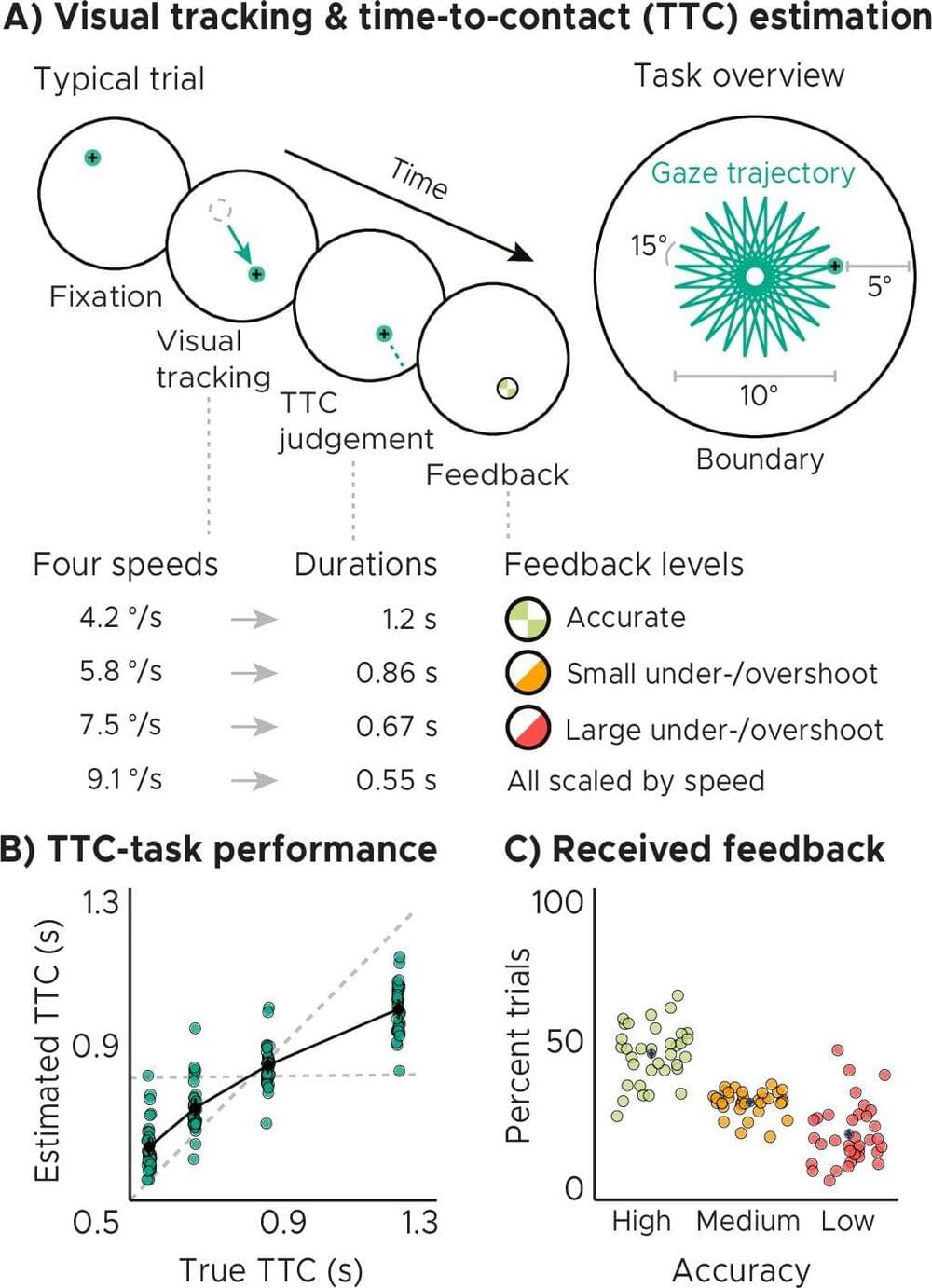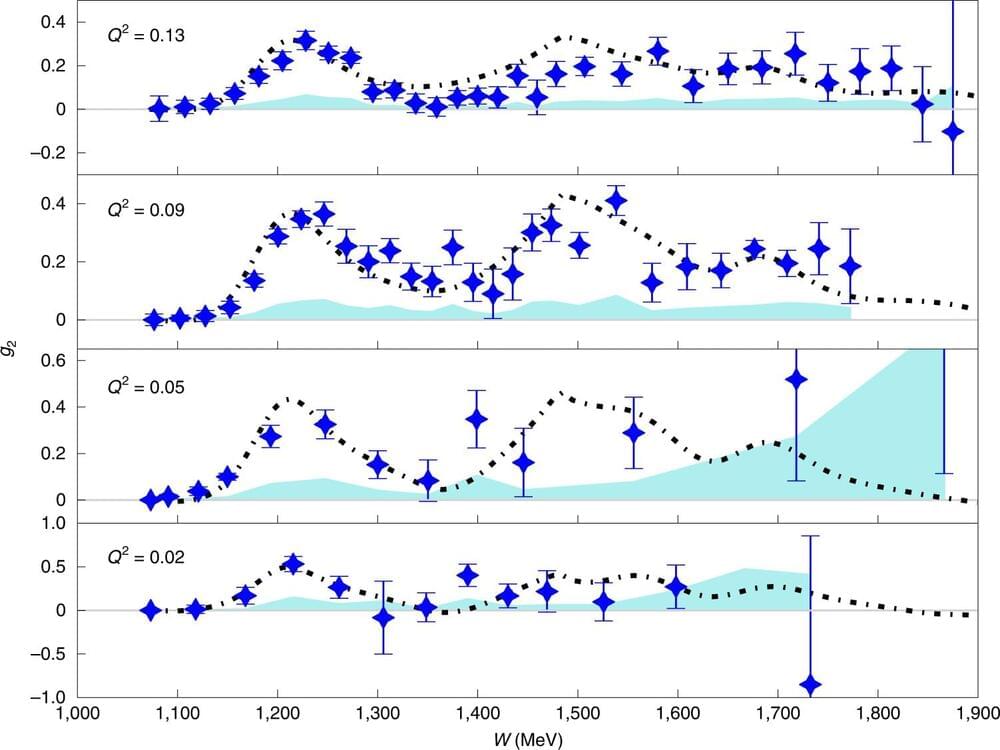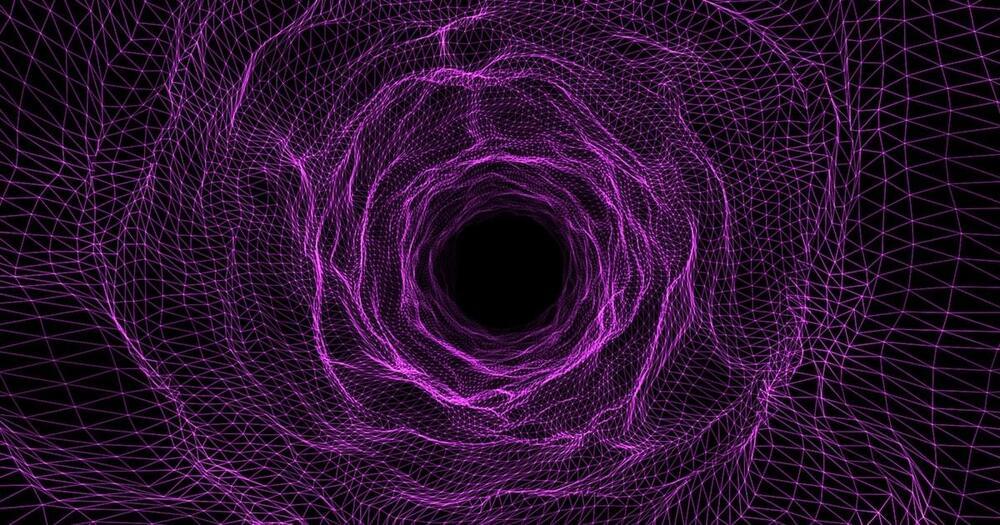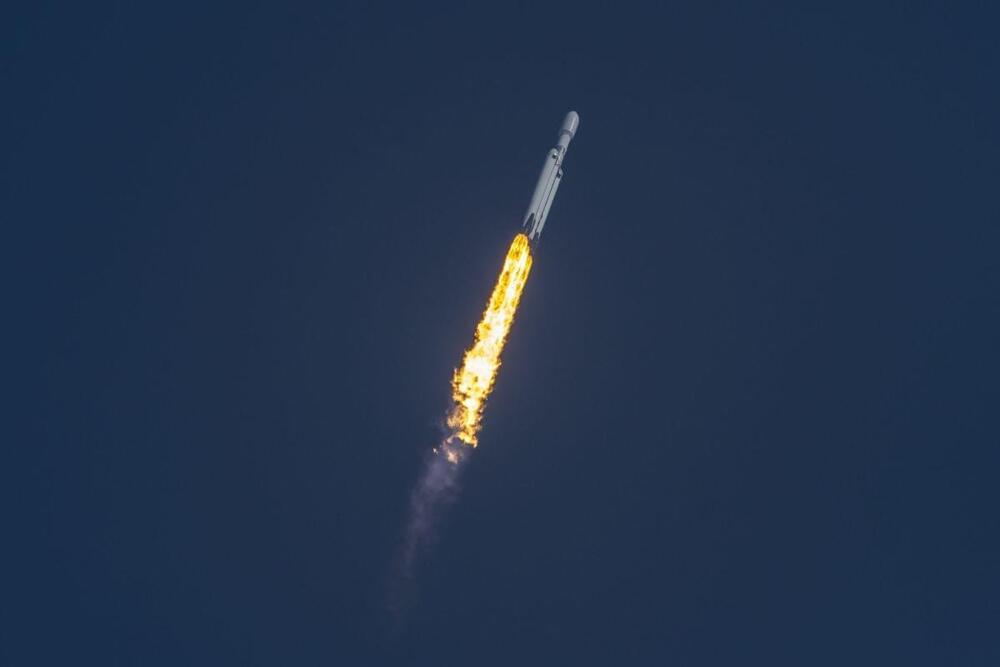We continue our look at possible explanations why life may be very rare in the Universe by examining our planet itself, and looking at which of its characteristic might be important to intelligence developing and how improbable those traits are for a given planet in a given solar system.
Visit our Website: http://www.isaacarthur.net.
Join the Facebook Group: https://www.facebook.com/groups/1583992725237264/
Support the Channel on Patreon: https://www.patreon.com/IsaacArthur.
Visit the sub-reddit: https://www.reddit.com/r/IsaacArthur/
Listen or Download the audio of this episode from Soundcloud: https://soundcloud.com/isaac-arthur-148927746/fermi-paradox-…rare-earth.
Cover Art by Jakub Grygier: https://www.artstation.com/artist/jakub_grygier.
Graphics Team:
Edward Nardella.
Jarred Eagley.
Justin Dixon.
Katie Byrne.
Misho Yordanov.
Murat Mamkegh.
Pierre Demet.
Sergio Botero.
Stefan Blandin.
Script Editing:
Andy Popescu.
Connor Hogan.
Edward Nardella.
Eustratius Graham.
Gregory Leal.
Jefferson Eagley.
Luca de Rosa.
Michael Gusevsky.
Mitch Armstrong.
MolbOrg.
Naomi Kern.
Philip Baldock.
Sigmund Kopperud.
Steve Cardon.
Tiffany Penner.
Music:
Lombus, “Cosmic Soup“
Markus Junnikkala, “A Memory of Earth“
AJ Prasad, “Aether“
Lombus, “Hydrogen Sonata“
Dan McLeod, NeptuneUK, “Mysterious Universe“
Kevin MacLeod, “Spacial Winds”
